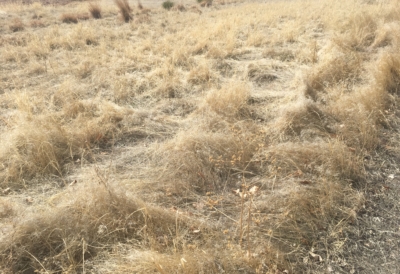Cheatgrass Noxious Weed Control
So you’re confident you’ve identified the very destructive weed that is Cheatgrass and wish to get rid of it as quickly and efficiently as possible. So what is the best method to eradicate it?
There are various control methods for Cheatgrass and each work well in different scenarios. The weed can be controlled in four different ways; mechanically, biologically, chemically .
How can You Eradicate Cheatgrass At Home?
Cheatgrass can be removed physically by traditional pulling the weeds out by hand. If you decide to do this it is important that you remove the grass before it matures otherwise the weed would have already produced and spread it’s seeds, meaning that it’s already too late. Once all of the Cheatgrass has been removed it’s important to rototill the soil to roughly a 3 inch depth to finish off the eradication process.
Professional Treatments Include:
Mechanical: Disking / tilling, this is a process which would be done in late spring where seeds are buried at least three inches deep. This will prevent the seeds from germinating and so Cheatgrass will be less likely to return. Mowing can be used as a temporary, short term method of controlling Cheatgrass.
Biological: Although not practical on a small scale it can be possible to eradicate Cheatgrass by allowing livestock to graze on the affect area of land in order to reduce the spread of the weed.
Chemical: there are several chemicals available for Cheatgrass control. Always ensure that Cheatgrass is listed as a targeted plant when using herbicides.
Although it is possible to eradicate Cheatgrass by yourself it’s very difficult without professional assistance. Which is why if you think you might have a problem with Cheatgrass we recommend that you get in contact with SprayTech as soon as a possible so that together we can find the most suitable way of eradicating your issue.

